
Cinco de Mayo is a widely celebrated holiday in the US, particularly in the southwestern parts of the county, but like many other holidays in the US, the commercialization of Cinco de Mayo has obscured the meaning of the event being commemorated.
Having lived most of my life in Southern California, I grew up assuming it was celebrated everywhere with lots of music, dancing, food and margaritas, and everyone knew what they were celebrating.
● Mexican Independence Day (which, in fact, occurred on September 16, 1810), fifty years earlier; or
● The anniversary of the defeat and expulsion of the French forces from Mexico (which did not happen until 1867).
This is amazing because there are at least a zillion articles on the web about the origins of the holiday.
The answer is simple enough. It’s an annual celebration commemorating the Mexican army’s unlikely victory over the much larger and better-equipped military forces of the French Empire at the Battle of Puebla, on May 5, 1862, under the leadership of General Ignacio Zaragoza. Viola! Napoleon III, Emperor of the French Empire

THE SPARK THAT LIT THE FLAME
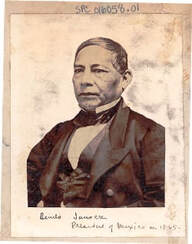
These wars left Mexico nearly bankrupt. In July, 1861, Mexican President Benito Juárez called for a temporary moratorium on payment of debts for two years.
President Benito Juárez
Smithsonian’s National Anthropological Archives
Late that year, he landed troops at Veracruz. President Juárez retreated toward Mexico City, the French on his heels. At Puebla, the French met with determined resistance and the battle of Puebla took place.
The number of French troops, well-trained and well-supplied vastly outnumbered the rag-tag Mexican troops. The numbers vary depending on the source, but clearly the French expected it to be cake. It wasn’t, and the French withdrew in defeat … but not permanently.
MEANWHILE, BACK IN THE NORTH
News of the Battle of Puebla didn’t reach the Latino population of California for several weeks, but when it did there was lots of celebrating. California-based Latinos, who had been disheartened by the falling Union forces in the Civil War, truly turned the date into a memorable celebration. They raised funds to support the Mexican troops, formed a network of patriotic organizations, and linked the fight for freedom, democracy, and racial equality in Mexico to the struggles in the Civil War.
THE SHORT-LIVED FRENCH OCCUPATION
A year later, the French returned to Mexico with 30,000 troops, took Mexico City, and installed Austrian Archduke Ferdinand Maximilian as Emperor Maximilian I who ruled Mexico from 1864-1867. Emperor Maximilian

On May 9, 1862, President Juárez declared May 5 as a national holiday. I found conflicting references as to whether or not Cinco de Mayo, today, is a federal holiday. However, all references indicated the date is largely ignored in Mexico, except in the state of Puebla, and is overshadowed by Independence Day and other holidays.
Once the American Civil War was over (May, 1865), the United States began to provide military assistance to Mexico. The French began to withdraw, Maximilian was captured and executed, and by June of 1867 President Juárez was back in office.
On May 9, 1862, President Juárez declared May 5 as a national holiday. I found conflicting references as to whether or not Cinco de Mayo, today, is a federal holiday. However, all references indicated the date is largely ignored in Mexico, except in the state of Puebla, and is overshadowed by Independence Day and other holidays.
WE ALL HAVE A REASON TO CELEBRATE
Although the holiday commemorates a battle between the Mexicans and the French and, in the long run, didn’t prevent the takeover by the French, it did several important things.
● First, it surprised the western world that the Mexicans won a victory over an army considered the best in the world, that hadn’t been defeated in nearly fifty years.
● Second, since the battle of Puebla, no country in the Americas has been invaded by a European nation.
● Third, without that defeat, France would have thrown its support to the Confederacy in the Civil War which might have resulted in a different outcome.
CINCO DE MAYO
Cinco de Mayo has been celebrated in California continuously since 1862, a hundred and fifty-five years. In the US this observance day has taken on a greater significance beyond that in Mexico, and is associated with the celebration of the of the Mexican-American culture and heritage. Some of the largest festivities take place in Los Angeles, Denver, Chicago, and Houston.
Sources
http://www.history.com/topics/holidays/cinco-de-mayo
http://www.ibtimes.com/cinco-de-mayo-facts-history-things-know-mexican-holiday-1905597
http://www.hlntv.com/article/2013/05/04/cinco-de-mayo-food-cuisine-mexican-holiday
http://latinamericanhistory.about.com/od/thehistoryofmexico/p/Seven-Facts-About-Cinco-De-Mayo.htm
https://en.wikipedia.org/wiki/Cinco_de_Mayo
http://www.mexica.net/literat/cinco.php
http://time.com/4313691/cinco-de-mayo-history/
https://www.timeanddate.com/holidays/us/cinco-de-mayo
https://www.britannica.com/topic/Cinco-de-Mayo
https://insider.si.edu/2017/04/celebrating-history-behind-cinco-de-mayo/
https://wonderopolis.org/wonder/do-people-in-mexico-celebrate-cinco-de-mayo
https://www.history.com/topics/treaty-of-guadalupe-hidalgo
http://www.u-s-history.com/pages/h101.html
http://blamemyfather.com/cinco-de-mayo/
https://grants.nmsu.edu/cinco-de-mayo-what-is-it-all-about/
https://thenib.com/cinco-de-mayo-isn-t-what-you-think-it-is
https://www.tastemade.com/articles/13-things-you-probably-didnt-know-about-cinco-de-mayo
https://www.popsugar.com/latina/Real-Meaning-Behind-Cinco-de-Mayo-40579049
http://www.sheknows.com/food-and-recipes/articles/808930/cinco-de-mayo-recipes-fiesta-food-and-drink
https://thebrandboy.com/cinco-de-mayo-messages/

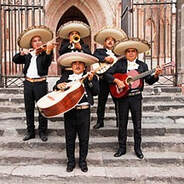





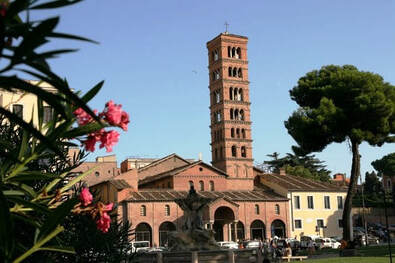
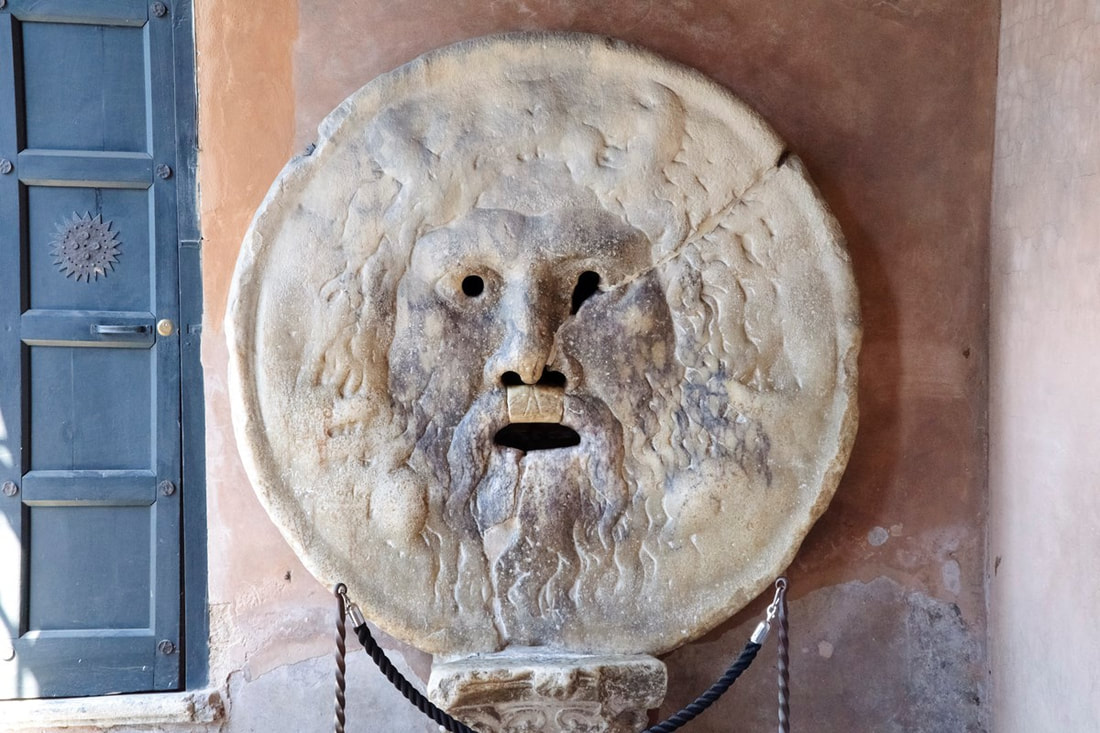
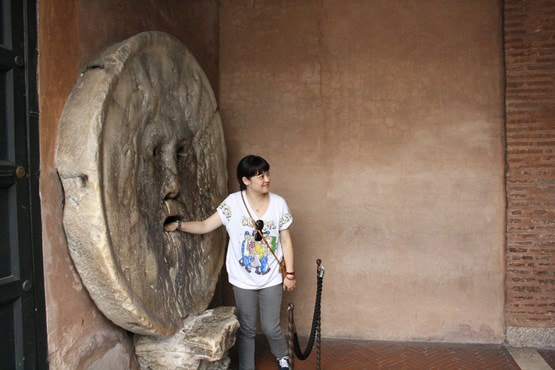


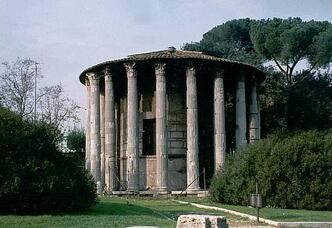
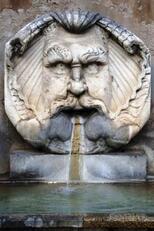

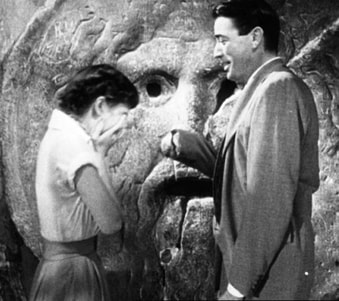









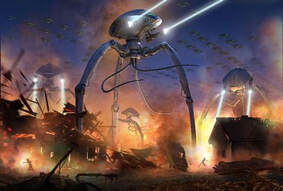

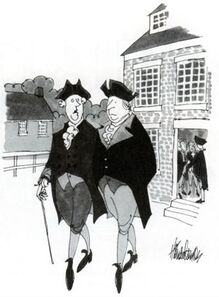










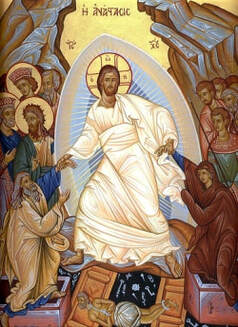

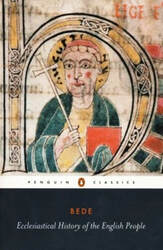

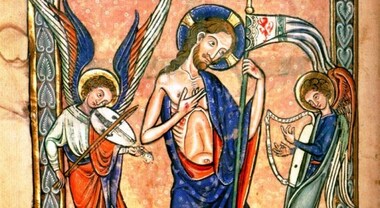

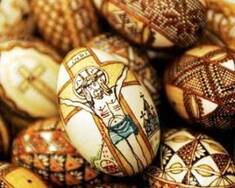
 RSS Feed
RSS Feed